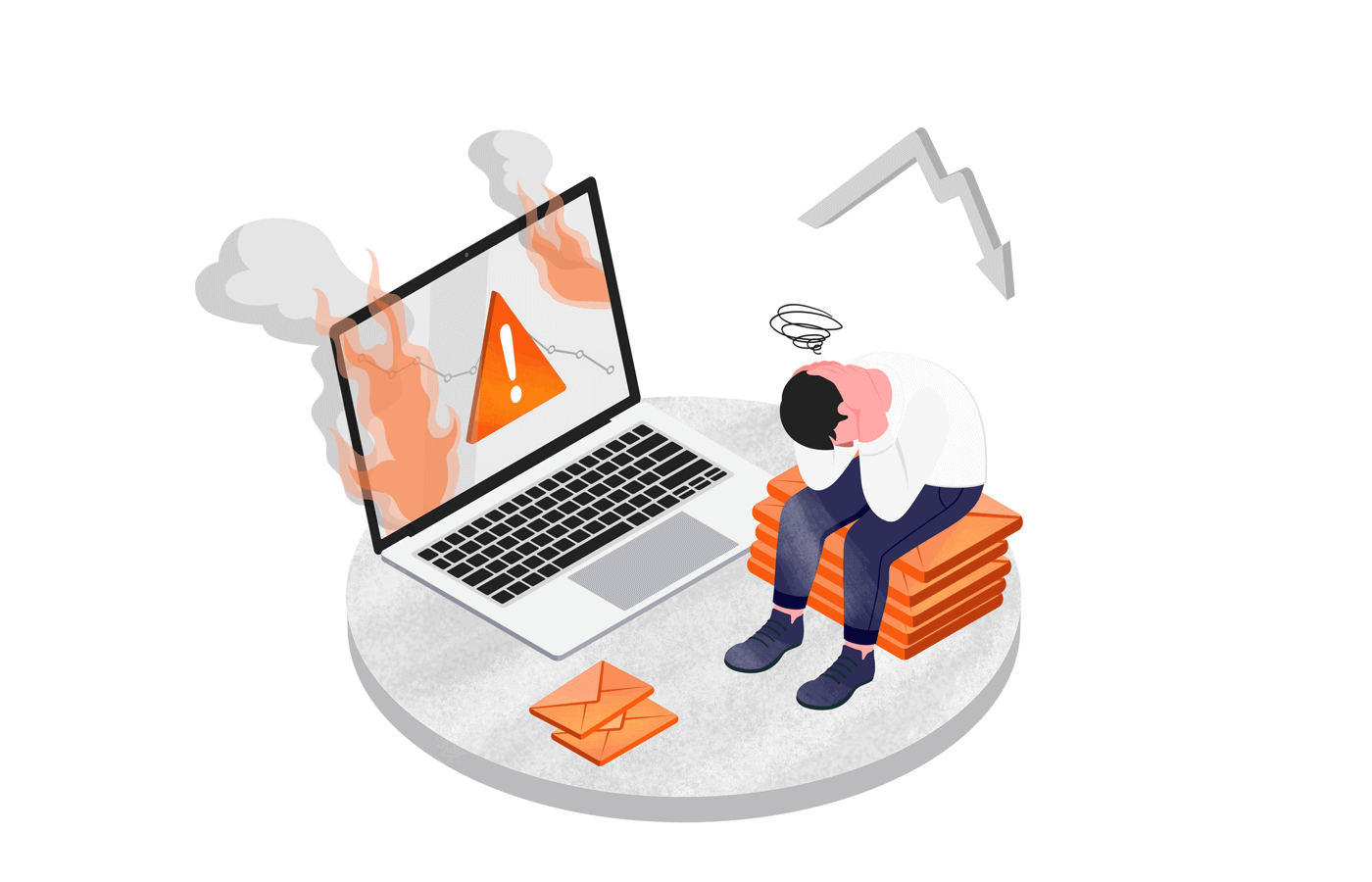Metrics are essential to any business activity. Without measuring the effectiveness of your actions, it’s impossible to know what’s working and what needs to be improved or discontinued.
In this article, we’ll explore the most important email marketing metrics you should track as part of your ecommerce strategy. Each metric has a purpose, and knowing how to interpret and improve them is key to boosting performance.
Ultimately, these metrics aim to increase conversions—whether through product promotions or building customer loyalty.
1. Conversion Rate
Among all email metrics, the conversion rate is the most critical. It reflects how many recipients completed a desired action—typically a purchase.
Example:
If you send an email to 10,000 subscribers and receive 210 orders, your conversion rate is:(210 / 10,000) * 100 = 2.1%
While the average benchmark is around 0.1%, personalized campaigns and automation can boost this significantly, sometimes reaching 3.22%.
To improve your conversion rate, ask yourself:
- Are you targeting the right audience?
- Is your offer compelling?
- Is your messaging clear and persuasive?
Platforms like Omnisend offer integrated sales reports through Shopify, BigCommerce, WooCommerce, and more—making it easier to track conversions without needing Google Analytics.
2. Open Rate
Open rate measures the percentage of recipients who opened your email—usually influenced by your subject line. However, since Apple’s iOS 15 update, open rates have become less reliable.
Still, they offer some insights:
- Which subject lines perform best?
- Which days yield higher engagement?
- Who remains engaged with your brand?
Average open rates:
- General ecommerce: ~18.3%
- Segmented campaigns: ~28.05%
Segmented emails can lead to 34.7% higher open rates than bulk sends.
3. Email ROI (Return on Investment)
Email ROI evaluates how cost-effective your campaigns are.
Formula:(Revenue - Cost) / Cost = ROI %
Example:
If you earned $20,500 from emails in a month and spent $228 on Omnisend:(20,500 – 228) / 228 = 88.9
You earned $88.90 for every $1 spent.
For those managing their campaigns in-house, this is a practical and accurate way to evaluate performance.
4. Click-Through Rate (CTR)
CTR measures how many recipients clicked on a link in your email.
Why it matters:
- Indicates how compelling your content and CTAs are.
- Reveals user interest and engagement.
Omnisend enhances this with UTM tracking and click maps, helping you identify which sections of your email drive the most traffic.
Tips to increase CTR:
- Use a clean layout with clear CTAs.
- Segment your audience and personalize content.
- Make CTAs prominent and easy to click.
Average CTRs:
- Bulk campaigns: 4.89%
- Segmented campaigns: 7.43%
5. Bounce Rate
In email marketing, bounce rate represents emails that didn’t reach the recipient’s inbox. It’s divided into:
- Hard bounces: Invalid or non-existent email addresses.
- Soft bounces: Temporary delivery issues (e.g., full inbox).
High bounce rates can hurt your sender reputation. Clean your list regularly to maintain deliverability.
6. Unsubscribe Rate
Unsubscribe rate tracks how many people opt out after receiving your email.
A high rate can signal:
- Irrelevant content
- Over-mailing
- Poor timing
If you notice spikes, review your frequency, content relevance, and targeting.
7. List Growth Rate
List growth rate measures how fast your email list is expanding (or shrinking).
Formula:(New subscribers – Unsubscribes – Bounces) / Total subscribers * 100
Focus on acquiring new leads while keeping existing subscribers engaged. Use website popups, social promotions, and gated content to grow your list.
Final Thoughts
Tracking these seven metrics will give you valuable insights into your email marketing performance. While not all metrics carry equal weight—conversion rate and ROI being the most crucial—each provides a piece of the puzzle.




